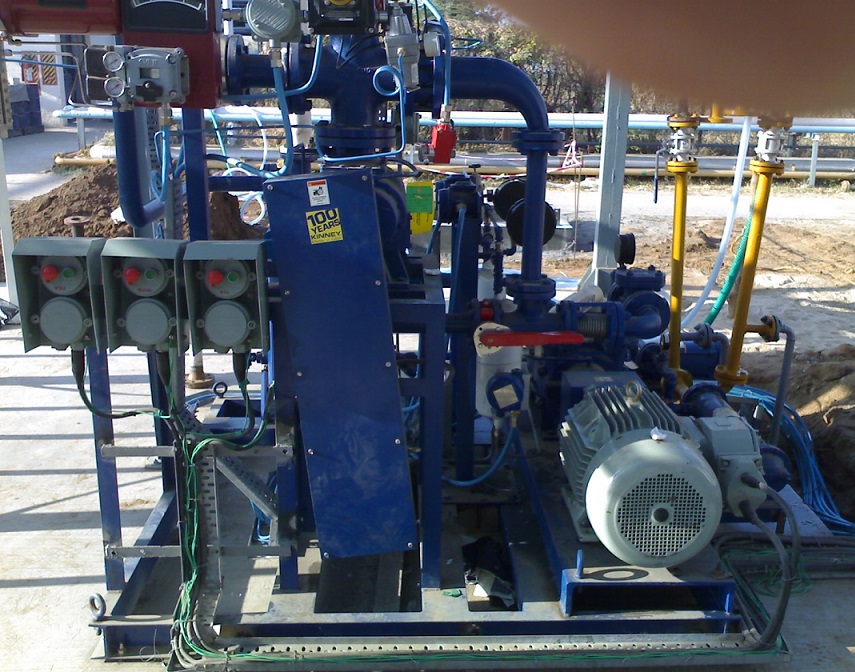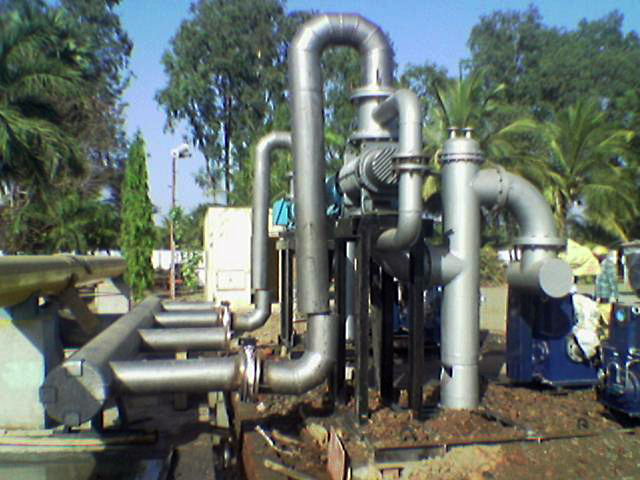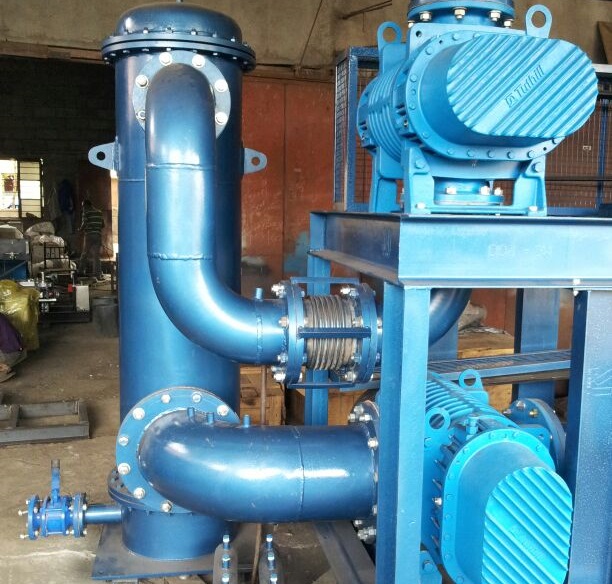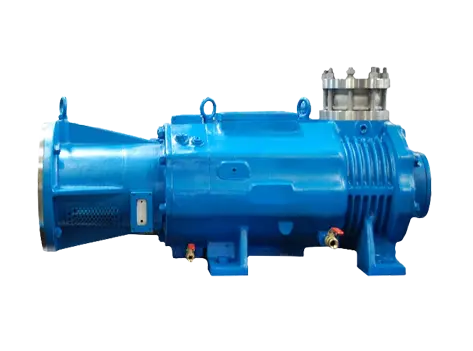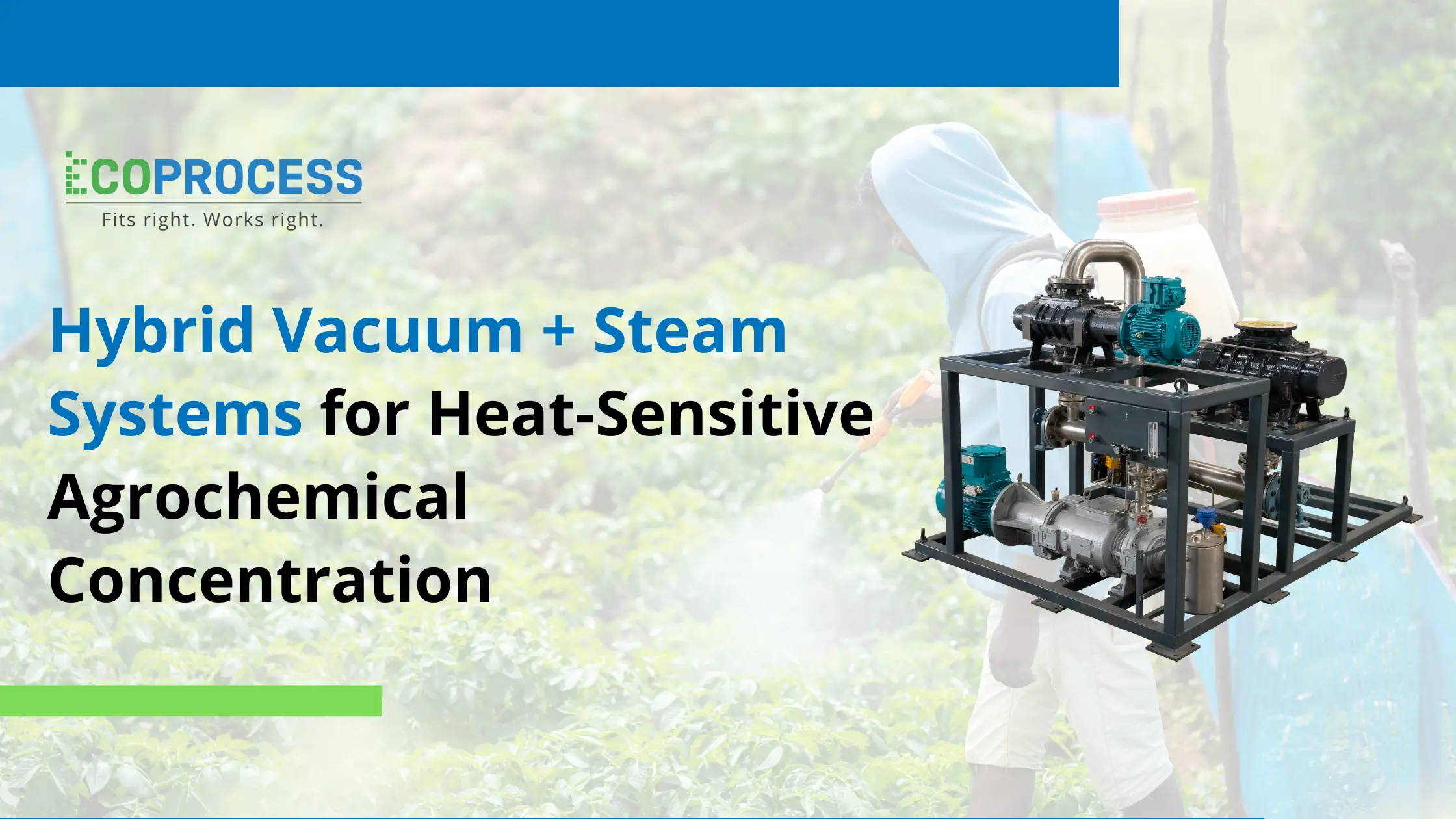
Hybrid Vacuum + Steam Systems for Heat-Sensitive Agrochemical Concentration
In agrochemical manufacturing, concentration is a key stage before a product reaches formulation or packaging. Active ingredients like pesticides, herbicides, and plant growth regulators are often complex molecules that don’t respond well to heat or oxygen. Prolonged exposure can easily trigger degradation, reducing potency and altering color or stability.
Conventional methods that use direct steam or open evaporation tend to push these compounds beyond their comfort zone. The outcome? Lower yields and compromised product quality.
To solve this, many producers now use hybrid vacuum–steam systems. By combining the precision control of vacuum operation with the efficiency of steam heating, these systems deliver rapid concentration at low temperatures. The result is a stable, high-purity product and a more energy-efficient process, a smart balance between protection and performance.
Challenges of Heat Sensitivity
Concentrating agrochemicals is a delicate process, one that demands careful control of temperature, pressure, and evaporation rate to preserve product integrity.
1. Thermal Degradation
Many active ingredients begin to break down once temperatures climb above 60–80°C. Compounds with volatile or reactive groups are especially sensitive. Traditional steam-heated evaporators often exceed 100°C, which can cause oxidation, discoloration, or even chemical decomposition.
2. Foaming and Scaling
Formulations containing surfactants or emulsifiers are prone to foaming during concentration. When foaming becomes excessive, it disrupts heat transfer, creates carryover, and risks contaminating downstream systems.
3. High Viscosity and Solvent Recovery
As concentration progresses, viscosity rises sharply, slowing down flow and reducing thermal efficiency. At the same time, solvent vapors must be condensed and recovered efficiently to reduce losses and meet emission standards.
4. Variable Feed Composition
Agrochemical production rarely deals with uniform feeds. Each reaction or extraction step can alter the concentration, solids content, and boiling behavior of the solution. A single fixed-mode evaporator struggles to handle such variations effectively.
The Hybrid Solution
By integrating vacuum operation with steam heating, hybrid evaporation systems offer a flexible, controlled environment. They minimize heat stress while maintaining steady evaporation, ideal for handling diverse agrochemical formulations without compromising quality or yield.
Combining Vacuum and Steam for Precision
Hybrid vacuum–steam systems bring together two complementary forces to achieve gentle yet effective evaporation.
Steam Heating provides the main source of thermal energy, while the vacuum environment lowers the boiling point of the liquid, allowing concentration to take place at much lower temperatures than in atmospheric systems.
Step-by-Step Operation
Feed Entry and Preheating
The agrochemical feed first passes through a preheater or heat exchanger, where low-pressure steam gently raises its temperature without causing stress to the active compound.
Vacuum Evaporation
Once under vacuum, the liquid’s boiling point drops dramatically; for example, water can boil at around 60°C under 200 mbar. This enables solvents and moisture to evaporate quickly without exposing the product to harmful heat.
Vapor Separation and Condensation
The generated vapors move into a condenser, where they are cooled and collected. The recovered condensate or solvent can then be reused, cutting down on waste and improving process sustainability.
Final Steam-Assisted Concentration
For thicker or viscous products, a controlled dose of steam heat provides the final energy needed to reach the desired concentration all without extended residence time or degradation risk.
The key advantage of this hybrid approach is balance: evaporation happens quickly but under gentle conditions, protecting the chemical stability of sensitive agrochemical activities.
Example System Configurations
-
Hybrid Falling Film Evaporator – Best suited for low-viscosity solutions. The thin liquid film formed under vacuum allows rapid evaporation, while the steam jacket provides steady, even heating.
-
Hybrid Forced Circulation Evaporator – Ideal for streams that tend to foul. Continuous circulation keeps solids in motion, and the combined vacuum–steam setup controls both pressure and heat precisely.
-
Hybrid Agitated Thin Film Dryer (ATFD) – Used for final drying or concentration of highly viscous residues. Steam-heated walls and a vacuum exhaust system ensure low-temperature operation with high drying efficiency.
In all these designs, energy recovery is a key focus. Heat from condensate or vapor is recycled through exchangers or mechanical recompression, keeping energy consumption low and efficiency high.
Key Benefits and System Examples
1. Gentle Evaporation for Sensitive Products
Because the system operates under vacuum, the boiling point of solvents can drop by as much as 40°C. This gentle environment protects heat-sensitive agrochemical compounds from degradation, discoloration, or unwanted molecular changes — preserving both yield and purity.
2. Energy Optimization
Hybrid setups make efficient use of low-pressure or waste steam available from other parts of the plant. Many installations also include mechanical vapor recompression (MVR) or multi-effect stages, cutting overall steam consumption by 30–50%.
3. Shorter Residence Time
Continuous agitation and thin-film evaporation ensure that the product spends very little time on heated surfaces. The result is higher throughput, less fouling, and more compact equipment — ideal for modern, space-conscious facilities.
4. Improved Solvent Recovery and Environmental Compliance
Vapors generated under vacuum are condensed efficiently, with solvent recovery rates reaching up to 95%. This not only reduces raw material losses but also helps meet volatile organic compound (VOC) emission standards and sustainability goals.
5. Versatility Across Agrochemical Types
From emulsifiable and suspension concentrates to technical-grade actives, hybrid vacuum–steam systems can handle a broad range of formulations. Operators can easily adjust parameters like pressure, temperature, and residence time to suit different boiling points or viscosities all without changing equipment.
Real-World Example: Concentrating Herbicide Solutions
Case 1 – Herbicide Concentration, Gujarat
A leading agrochemical manufacturer in Gujarat installed a hybrid vacuum–steam falling film evaporator to concentrate herbicide intermediate solutions from 20% to 65% solids.
Results achieved:
-
Operating temperature: 65°C under 250 mbar vacuum
-
COD reduction: 80% improvement in condensate quality compared to conventional evaporators
-
Steam savings: 35% reduction through vapor recompression integration
-
Product yield: 12% increase with no degradation observed on GC analysis
The system maintained stable operation even during extended runs, delivering consistent quality and substantial energy savings.
Case 2 – Pesticide Concentration, Maharashtra
In Maharashtra, a pesticide manufacturer adopted a hybrid forced-circulation evaporator to manage highly viscous, foam-prone formulations. The system balanced steam heating and vacuum control to stabilize evaporation and improve solvent recovery.
Key gains:
-
Stable concentrate quality batch after batch
-
25% reduction in solvent losses
-
Noticeable improvement in overall process economics and uptime
Together, these results show how hybrid vacuum–steam designs merge efficiency with protection, ensuring both high performance and product integrity in agrochemical concentration.
Conclusion
Agrochemical concentration demands a process that’s both precise and energy-efficient exactly what hybrid vacuum–steam systems are built to deliver. By pairing gentle vacuum evaporation with carefully controlled steam heating, these systems protect heat-sensitive active ingredients, improve solvent recovery, and significantly reduce operating costs.
As the industry moves toward greater sustainability and zero-waste operations, hybrid technology provides the perfect balance between thermal efficiency and product integrity.
Whether used for concentration, solvent recovery, or pre-drying, hybrid vacuum–steam systems allow producers to maintain consistent quality while optimizing energy use, making them a cornerstone of the next generation of agrochemical processing.
FAQs
1. Why are hybrid systems used in agrochemical processing?
Many agrochemicals are highly sensitive to heat. Hybrid vacuum–steam systems enable low-temperature evaporation while still ensuring strong heat transfer, preventing degradation of active compounds.
2. What are the main process advantages?
These systems deliver stable operation, faster concentration cycles, and improved solvent recovery — all while using significantly less energy than traditional steam-only evaporators.
3. How do hybrid systems prevent product degradation?
By maintaining the process under vacuum, the boiling point of the mixture drops. This allows concentration to occur at much lower temperatures, minimizing oxidation and thermal stress on the product.
4. What level of energy savings can be expected?
When designed efficiently, hybrid setups can reduce steam consumption by 30–50%, thanks to vapor recompression, optimized pressure balance, and effective reuse of condensate heat.
5. How easy is it to integrate a hybrid system?
Most can be retrofitted into existing evaporation lines with minimal changes. They typically make use of the plant’s existing steam and vacuum infrastructure, allowing quick and smooth commissioning.








